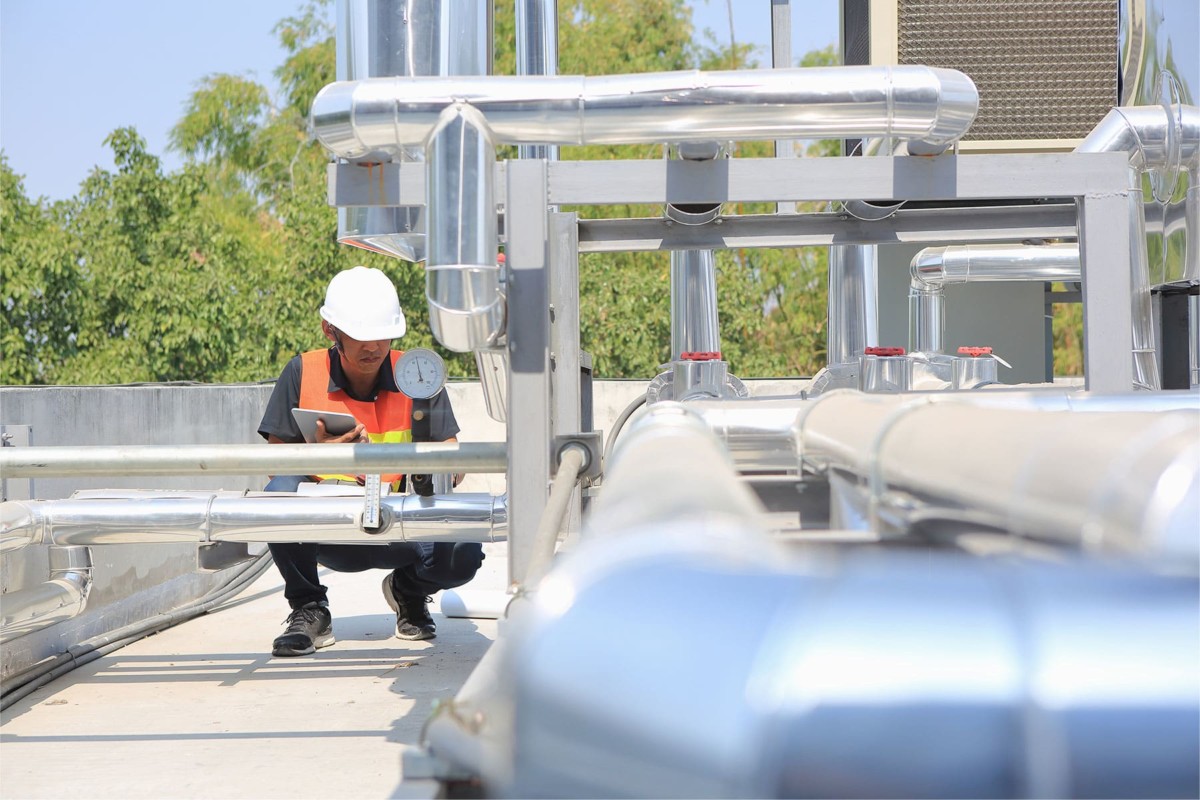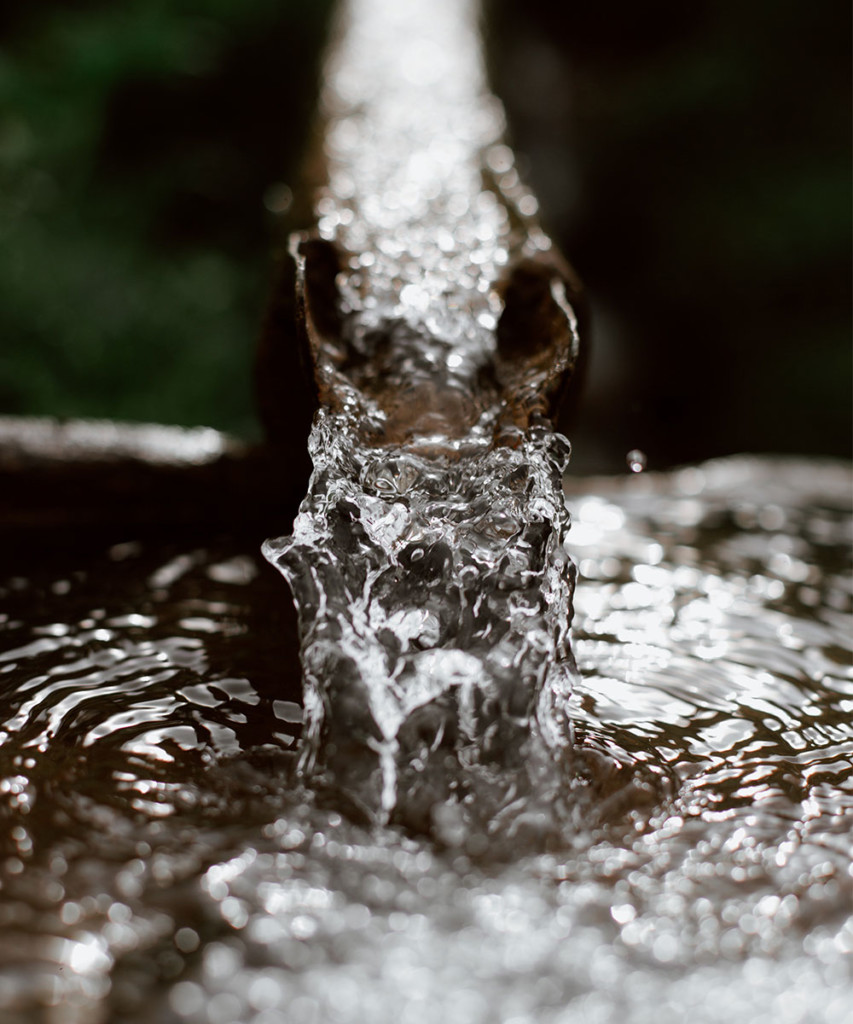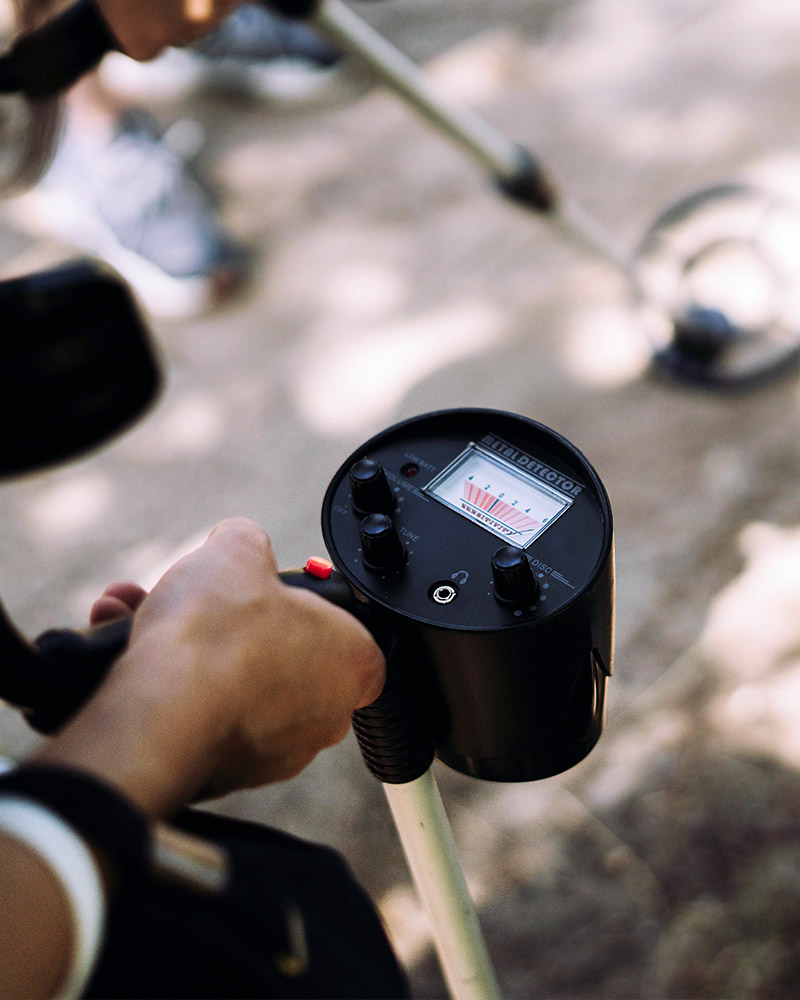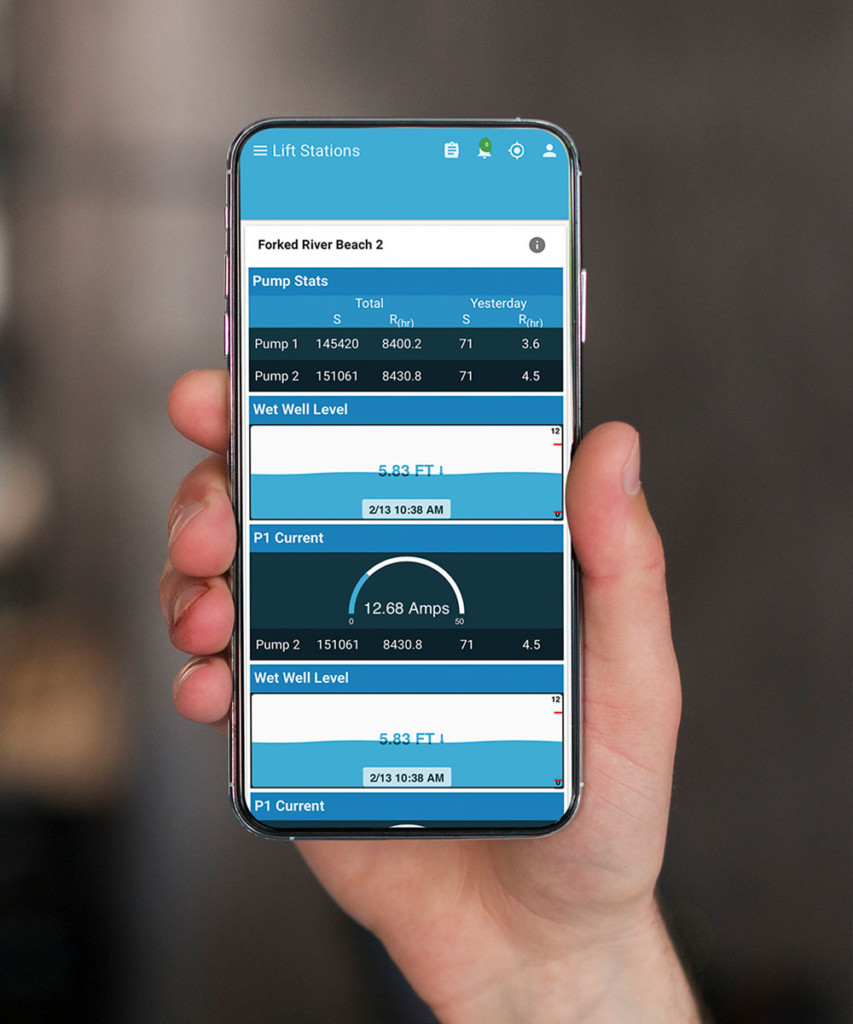Leak Detection
Water distribution, as well as wastewater management facilities, with expansive distribution and collection systems carry the risk of losing a significant amount of water and money to system leaks. As management facilities have grown in size, and in the number of people they serve, the need for accurate monitoring and leak detection has grown as well.
To avoid losing water, money, or potentially releasing harmful waste into the environment, distribution and management facilities need to be able to accurately monitor their systems. Having accurate monitoring in place, accompanied by system audits and preventative maintenance, leaks can be located quickly and repaired before they become too big of a mess.
Causes Of Leaks
Leaks in water distribution and wastewater collection systems can stem from a variety of reasons. Factors such as too much pressure, corroding pipes, frost damage, construction damage, and the shifting ground are all capable of causing pipes to crack or break. Even small cracks can cause leaks that are difficult to detect. Over time, minor leaks can cause major problems that require utilities to spend large amounts of money.
For many municipal utility providers, the need for leak detection has increased significantly. As cities age, leaks become more and more prevalent due to aging pipelines and distribution systems. Years of wear and tear can cause these systems to corrode and weaken. The weaker the pipes become, the more likely it is that a leak could occur in the system.
Detecting Leaks In Distribution Systems
Because leaks in distribution systems are a common threat, the ability to quickly locate and repair a leak is crucial to maintaining a safe operation, protecting the environment, and saving utilities money. While some leaks are easy to spot through noticeable signs such as bubbling sounds, sewage smells, or water in the street, some leaks occur further underground and are harder to detect. These leaks require advanced technology to locate.
Acoustic Detection
Acoustic detection is the primary means of locating a pipeline leak. This method of leak detection is done by using listening equipment to survey a distribution system in order to pinpoint a leak’s location based on the sound it makes. Leaks generally make a distinct rushing or hissing sound compared to the sounds of a system with no leaks. By listening for this sound, leaks can be accurately located and repaired.
These listening devices come in a variety of models but are often installed throughout water and wastewater systems in fixed locations. In some instances, mobile listening devices are used by an operator as they survey a segment of the system.
Flow Meters and Pressure Gauges
Using strategically placed flow meters and pressure gauges, leaks can be detected by analyzing the different readings from gauges located throughout the system. For example, if a pressure gauge reads higher at the start of the pipeline compared to a gauge at the end of the pipeline, there’s likely a leak somewhere between the two gauges.
By combining these two detection methods, systems managers can locate leaks easily and repair them quicker. Having the ability to narrow down a broad area with pressure gauge readings, then being able to accurately pinpoint the leak with the acoustic sensors makes finding and solving the issue much easier.
Environmental Impact Of System Leaks
Water Leaks
When a pipe breaks and a water leak occurs the environmental toll can vary. Typically flooding will occur, or the ground will soften and become muddy near the leaks location. Since this is just a water line there won’t be any pollutants entering the environment. However, if a water leak goes undetected for a longer period of time, the opportunity for sinkholes and infrastructure damage can arise quickly. Typically, an excavation is done and the pipeline is shut off, cleaned, then repaired to avoid any large scale damages or large financial losses.
Wastewater and Sewage Leaks
Wastewater and sewage leaks carry a much higher risk than water leaks due to the fact that these systems are transporting waste and hazardous materials. When a sewage leak occurs, untreated water and other waste materials flow into the environment, filling it with pollutants. Nearby water sources may become toxic and uninhabitable for local wildlife, as well as humans. When these leaks occur, a large environmental cleanup is needed in addition to repairing the broken sewage line.
With all the possibilities for environmental damages to occur, the need for accurate leak detection has never bethen more necessary. To ensure that we don’t lose resources, harm the environment, or harm other people, distribution systems need to consistently monitor for leaks and react quickly when they arise.
Auditing Distribution Systems To Mitigate Leaks

It’s recommended that water and wastewater facilities audit their systems for leaks at least once a year. By having a comprehensive audit plan in place, and performing preventative maintenance, municipalities can ensure that their systems are minimizing the chances of a leak and running at their most efficient.
During an audit for a water distribution system, total water produced, metered and unmetered water usage, as well as total water lost are all analyzed. After interpreting these different measurements, distribution systems can begin to analyze at-risk areas within their system and repair them before they become problematic.
Audits can be expensive for large systems, however they are essential to maintaining the integrity of a distribution system, as well as minimizing water loss through leaks and damages. By performing consistent audits, municipalities can see what systems are performing well and which ones may be at risk. In short, year over year comparison of audits can help uphold the structural integrity of these systems and ensure that as little output as possible is lost to leakage.
Saving Money With SCADA For Leak Detection
SCADA is an acronym that stands for supervisory control and data acquisition. Essentially, how SCADA works is allowing multiple different devices to communicate with one another across large distances. Recently, SCADA has become a key component to a variety of industries but is most often utilized in water distribution, wastewater management, oil & gas refining, and agriculture.
Here’s how SCADA System saves you money!
SCADA monitoring is a great tool for these industries to employ due to the large geographic area they cover. Implementing a SCADA system can help save time and money by delivering fast and accurate data to systems operators’ computers or mobile devices. By investing in a SCADA system, utilities are able to avoid heavy financial losses from leaks and receive a great return on investment by reducing inefficiencies within their systems.
High Tide Technologies provides cloud-based SCADA software and hardware solutions to water and wastewater systems operators. Our smart software is secure and streamlined in its delivery, providing operators with the data they need to locate, repair, and prevent leaks within their systems. In addition to seamless data acquisition, our software also offers preventative maintenance alerts which provide total awareness of what’s happening within these systems.
Leak Detection Moving Forward
Leaks can be caused by a variety of reasons — and not all leaks are the same. Moving forward, water distributors and wastewater managers need to be cognizant of what’s occurring in their systems and be prepared to conduct maintenance in order to limit the negative impacts of a large leak in their systems. As technology continues to advance and more means of control are implemented in these systems, future leaks will become easier to locate and prevent while saving utilities time and money.




Share this case study